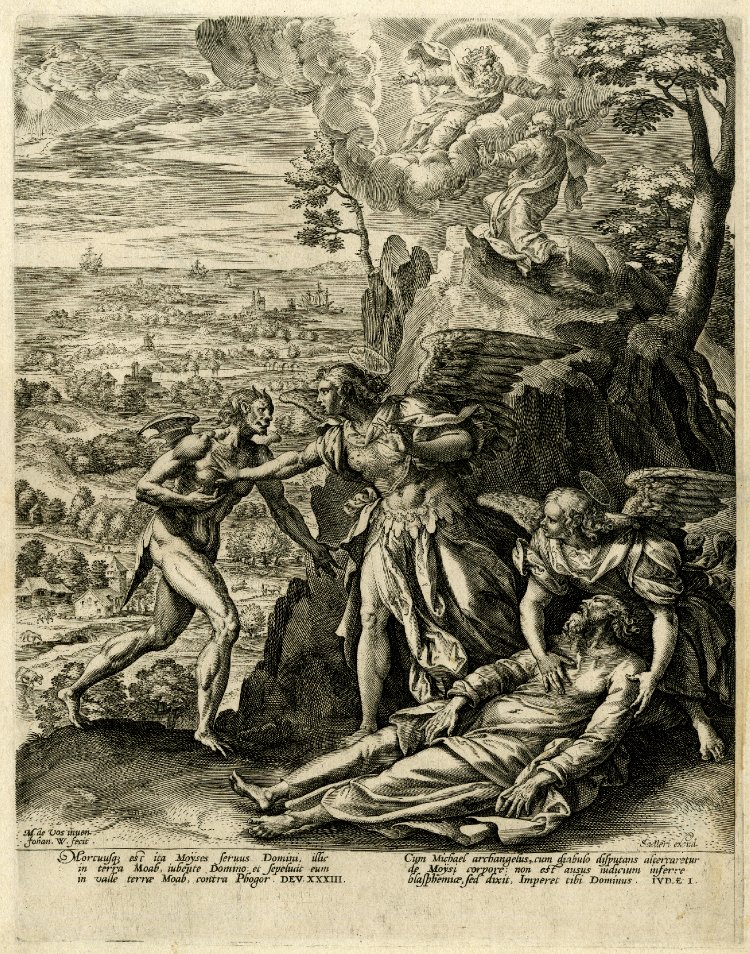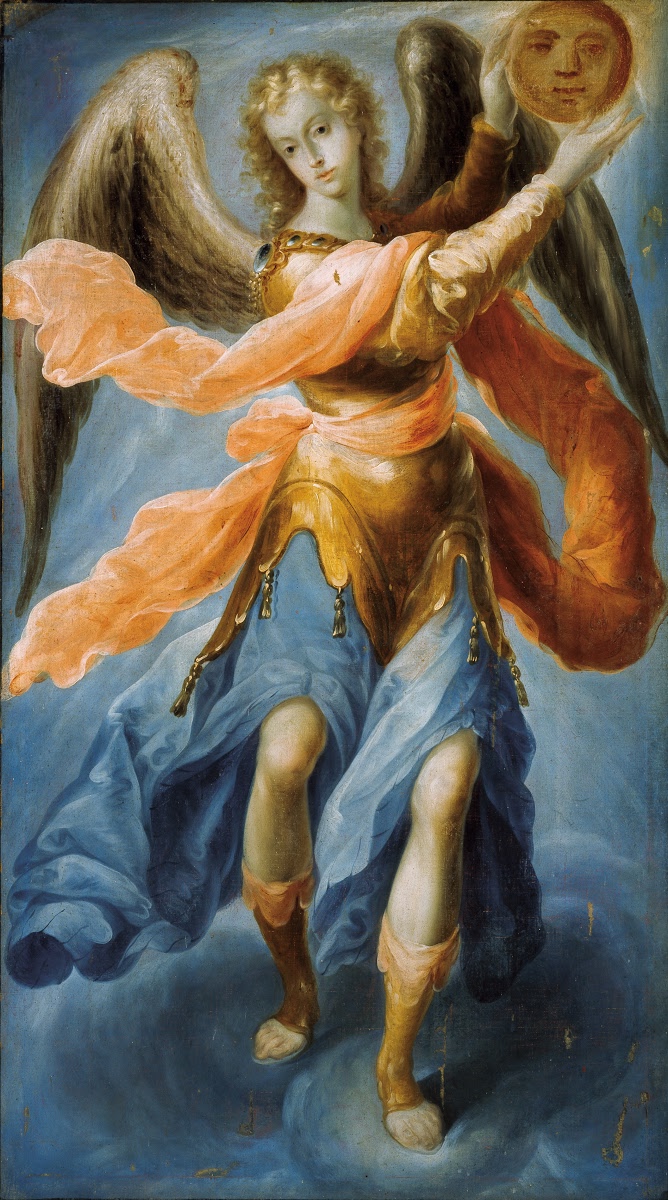
The Archangels [ΑΡΧΑΓΓΕΛΟΣ] form the highest order of angels.
According to the number of letters in the Hebrew alphabet, there are 22 Archangels.
Seven of them are allowed to stand before God’s face and throne. The Apocalypse of Iōannēs
mentions them in chapter 8, verse 2: “And I saw the seven angels who stand before God, and seven trumpets were given to them.”
The names of those Archangels are given to us in the Account of the Institution of the Archangel Gabriēl.
Source: Müller, C. D. G. (ed.). (1962). Die Bücher der Einsetzung der Erzengel Michael und Gabriel.
In: Scriptores Coptici, Tomus 31 (Corpus Scriptorum Christianorum Orientalium, Vol. 225), p. 79. Louvain: UC Louvain.


Raffaello Sanzio da Urbino (1483 – 1520)
Paris, Musée du Louvre


Leonardo da Vinci (1452 – 1519)
Florence, Galleria degli Uffizi


Giovanni Girolamo Savoldo (1480 – 1548)
Rome, Galleria Borghese


Jan Wierix (1549 – 1620)
London, British Museum


Crispijn van de Passe the Elder (1564 – 1637)
London, British Museum


Bartolomé Román (1587 – 1647)
Madrid, Museo del Prado


Anonymus (circa 1700)
Mexico City, Museo Soumaya
Because one angel from the group of 22 archangels turned against God and was expelled from God’s inner circle, there remain 14 Archangels to be listed here. In the following the fallen Archangel is not named.


Leonardo da Vinci (1452 – 1519)
Paris, Musée du Louvre


Bartolomé Román (1587 – 1647)
Madrid, Museo del Prado


Anonymus
Copenhagen, Church of Our Saviour


Crispijn van de Passe the Elder (1564 – 1637)
London, British Museum


Crispijn van de Passe the Elder (1564 – 1637)
London, British Museum


Crispijn van de Passe the Elder (1564 – 1637)
London, British Museum


Evelyn de Morgan (1855 – 1919)


Anonymus (circa 1860)
Florence, Basilica di Santa Croce


Florence Freeman (1836–1883)
Cambridge (Massachusetts), Longfellow National Historic Site


Rembrandt van Rijn (1606 – 1669)
St. Petersburg, Hermitage Museum
The universal arkhē of the heavenly hosts consists of three hierarchies or spheres of three orders each.
According to the writings of Dionysios the Areopagite and others there are nine orders.
The rank of an order or a sphere reflects the closeness to God.
The Archangels listed above form the tenth order. The influence of the Archangels extends to all nine orders.
Because the beings of all orders play a messenger role between this world and the hereafter,
between the divine and the human, those beings sometimes act as angelic beings, i.e. as angels.
Therefore we designate with the term “angel” [angelos]
not only the beings of the lowest order, but the beings of all orders.
In the sixth chapter of the book of Genesis there is talk of angelic beings
who beget children with the “daughters of men”.
These angelic beings are called “sons of God” (בני האלהים).
In the above scheme they belong to the second order which is the order of the Rōis (“Watchers”).
Their children are called “heroes” (גברים) and “people of the name” (אנשי השם), i.e. “people of God”.
In contrast to the Ethiopian Book of Enoch, in which we find the names of the Watchers and
which was not included in the canon of the Bible,
we emphasize that those Watchers have not fallen away from God.
They brought the arts, the games, and the sciences to mankind,
they taught the humans the use of many useful things, they helped mankind
to master the difficulties on God’s earth after the fall of man.
200 Watchers came down to mingle with the humans.
In the following we list the twenty decarchs, i.e. the twenty leaders of those angels.
Their names are partly in Aramaic, partly in Hebrew.
(The information on Wikipedia and on other places of secondary literature is largely incorrect,
since at these places it is erroneously assumed that the angels listed by us have fallen away from God.)
Source: Knibb, M. A. (ed.). (1978). The Ethiopic Book of Enoch 2.
Introduction, Translation and Commentary, p. 69ff. Oxford: Clarendon Press.



